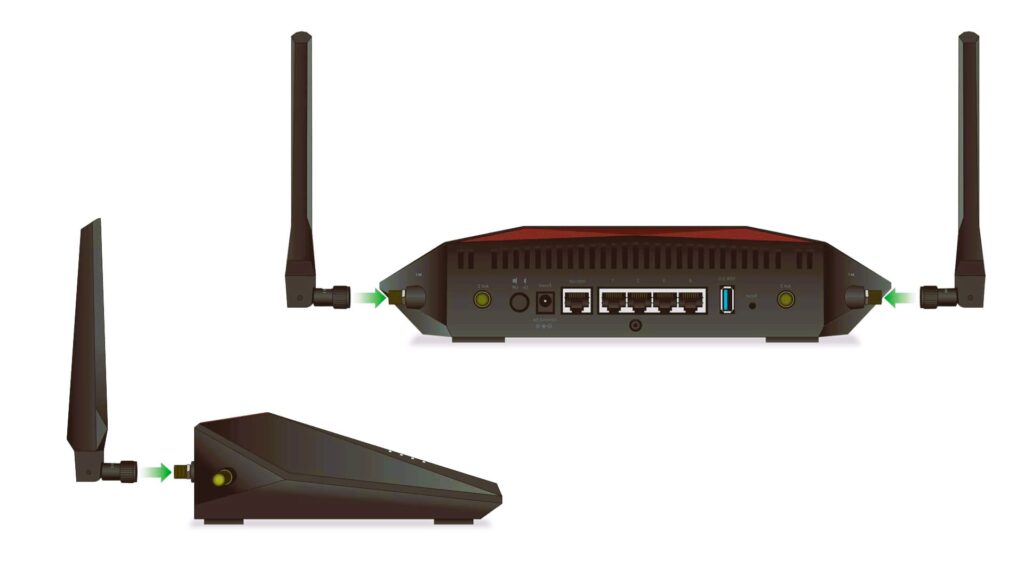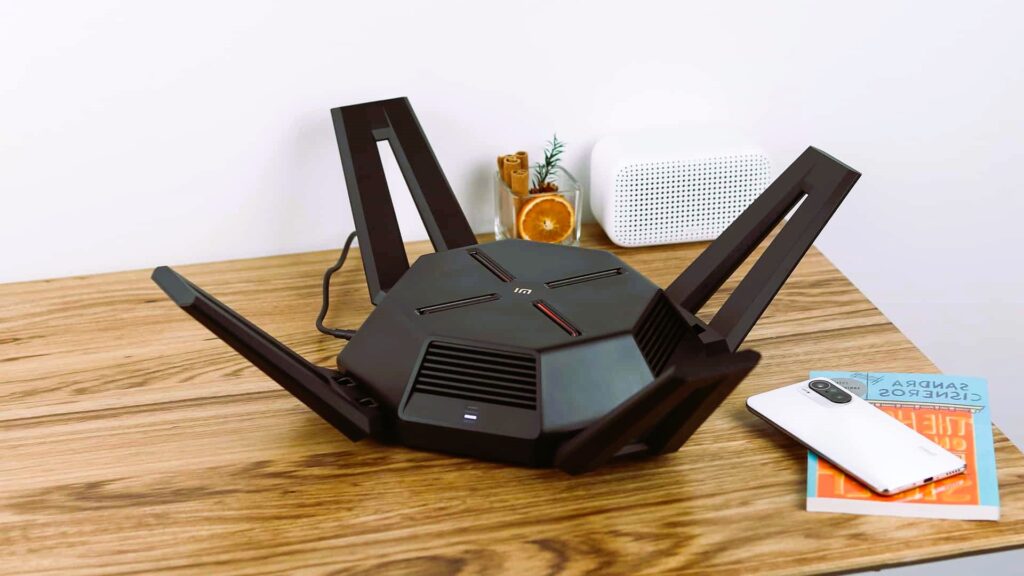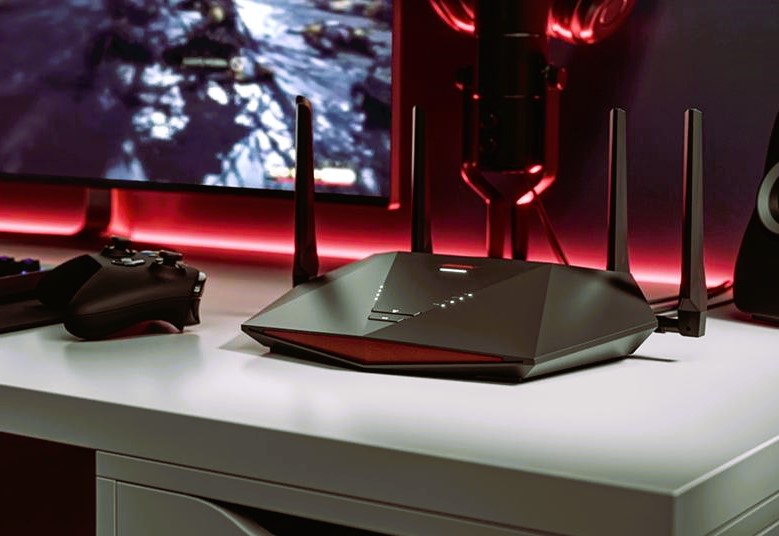In the world of gaming, a stable and high-speed network connection is as crucial as having the right hardware. Whether you’re engaging in intense online battles or exploring vast virtual worlds, a reliable network setup can significantly impact your gaming experience. This guide will walk you through the essential steps to ensure that your gaming equipment is configured for the best possible network connection.
1. Understanding Network Basics
Before diving into setup specifics, it’s important to understand the fundamentals of network connectivity:
- Latency: Often referred to as ping, latency measures the time it takes for data to travel from your device to the game server and back. Lower latency means less delay and a smoother gaming experience.
- Bandwidth: This refers to the maximum rate at which data can be transferred over your network. Higher bandwidth allows for more data to be transmitted simultaneously, which is beneficial for activities like streaming and downloading.
- Packet Loss: This occurs when data packets fail to reach their destination. It can lead to in-game lag and connectivity issues.
2. Choosing the Right Internet Plan
To optimize your network connection, start with selecting the appropriate internet plan. Look for plans that offer high-speed internet with low latency and high bandwidth. Fiber-optic connections generally provide the best performance for gaming due to their low latency and high speeds.
3. Optimal Router Placement

The placement of your router can have a significant impact on network performance:
- Central Location: Place your router in a central location within your home to ensure even coverage. Avoid placing it in a corner or behind large objects.
- Elevated Position: Position the router on a higher shelf or mount it on a wall to reduce interference and improve signal strength.
- Avoid Interference: Keep the router away from devices that can cause interference, such as microwaves and cordless phones.
4. Wired vs. Wireless Connections
While wireless connections offer convenience, wired connections provide superior performance:
- Ethernet Connection: For the best network performance, use an Ethernet cable to connect your gaming device directly to the router. Ethernet connections offer lower latency and are less prone to interference compared to Wi-Fi.
- Wi-Fi Optimization: If a wired connection isn’t feasible, optimize your Wi-Fi setup by using the 5 GHz band instead of the 2.4 GHz band. The 5 GHz band is less crowded and offers faster speeds over shorter distances.
5. Configuring Router Settings
Adjusting your router settings can enhance your gaming network:
- Quality of Service (QoS): Enable QoS on your router to prioritize gaming traffic. This ensures that your gaming packets are given higher priority over other types of traffic, reducing lag and improving performance.
- Firmware Updates: Regularly update your router’s firmware to ensure you have the latest performance improvements and security patches.
- Channel Selection: Manually select the least crowded channel on your router to reduce interference from neighboring networks.
6. Using Network Switches and Extenders
In larger homes or environments with multiple devices:
- Network Switches: If you have multiple wired devices, use a network switch to connect them. This allows all devices to communicate with the router without congestion.
- Wi-Fi Extenders: For areas with weak Wi-Fi signals, use a Wi-Fi extender to boost coverage and eliminate dead zones. Read our Guide to Selecting and Installing Cooling Modules for Your Gaming PC.
7. Testing and Monitoring Your Connection
Regularly test and monitor your network connection to ensure optimal performance:
- Speed Tests: Use online speed test tools to measure your internet speed, latency, and packet loss. This can help identify any issues with your connection.
- Network Monitoring: Use network monitoring tools to keep track of your network’s performance and detect any irregularities that might affect your gaming experience.
8. Troubleshooting Common Issues

If you encounter network issues:
- Restart Devices: Restart your router, modem, and gaming device to resolve temporary connectivity problems.
- Check Cables: Ensure that all cables are securely connected and not damaged.
- Update Drivers: Keep your network adapter drivers up to date to ensure compatibility and performance.
9. Advanced Networking Techniques
For enthusiasts looking to maximize their network performance:
- Port Forwarding: Configure port forwarding on your router to improve connectivity with specific games. This can reduce latency and prevent connection issues.
- Static IP Addresses: Assign a static IP address to your gaming device to ensure consistent connectivity and avoid conflicts with other devices on your network.
10. Conclusion
Setting up your gaming equipment for the best network connection involves a combination of choosing the right plan, optimizing your hardware setup, and configuring your router for peak performance. By following these guidelines, you can enjoy a smoother, more responsive gaming experience with minimal interruptions.
For more detailed information on network standards and optimization techniques, check out Wikipedia’s article on Network Performance, which provides additional insights and technical details.

